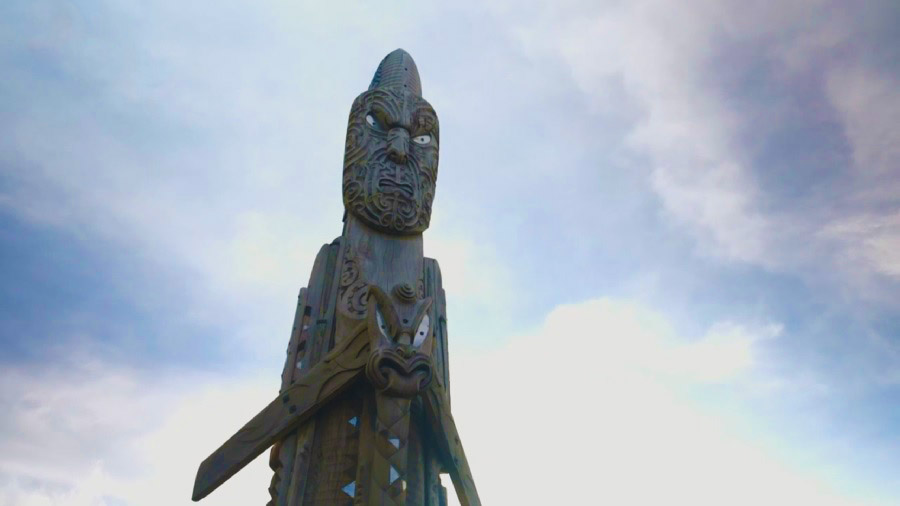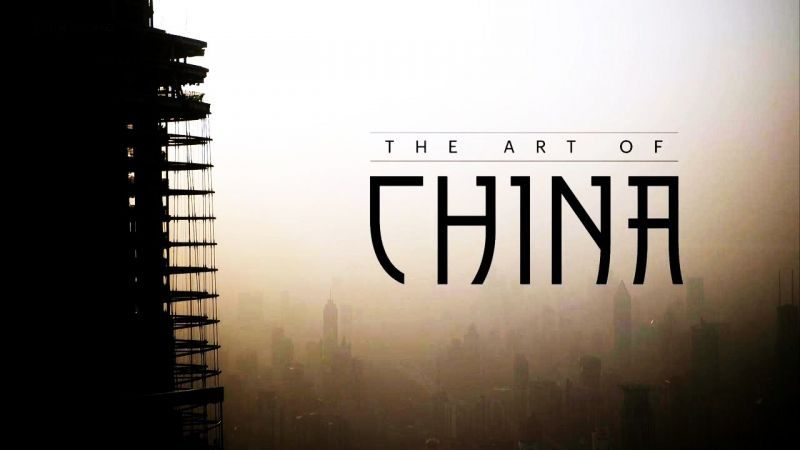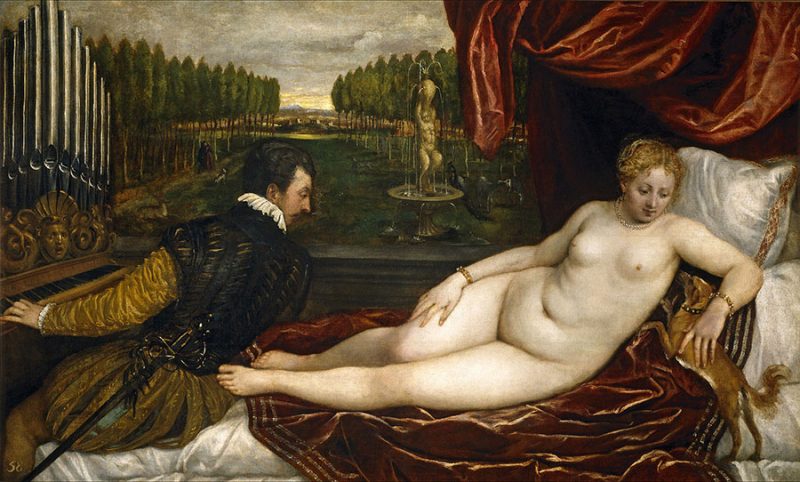Concluding the series on the clash between the West and Pacific peoples and cultures, James Fox explores how New Zealand’s indigenous Maori people resisted colonisation and marginalisation and maintained their distinctive culture, so much so that it is now an integral part of modern New Zealand.
He encounters some of the greatest works of Maori carving, from the exquisitely painted paddles given to Captain Cook, to works by one of the great masters of Maori art, Tene Waitere, and shows how, from the beginning of their encounters with Europeans, the Maori adapted outside influences, whether it was modern firearms or the new religion of Christianity and produced fascinating hybrid work that ranges from elaborately carved rifle butts to a Madonna and child statue adorned with the Ta Moko, the sacred Maori facial tattoo.
Oceans Apart: Art and the Pacific episode 3 – New Zealand
Today, James Fox finds Maori culture in the midst of a full-scale Renaissance, embraced not only by the Maori themselves but all New Zealanders.
The Maori are the indigenous Polynesian people of New Zealand. Maori originated with settlers from eastern Polynesia, who arrived in New Zealand in several waves of canoe voyages some time between 1250 and 1300. Over several centuries in isolation, the Polynesian settlers developed a unique culture, with their own language, a rich mythology, and distinctive crafts and performing arts. Early Maori formed tribal groups based on eastern Polynesian social customs and organisation. Horticulture flourished using plants they introduced; later, a prominent warrior culture emerged.
The arrival of Europeans to New Zealand, starting in the 17th century, brought enormous changes to the Maori way of life. Maori people gradually adopted many aspects of Western society and culture. Initial relations between Maori and Europeans were largely amicable, and with the signing of the Treaty of Waitangi in 1840, the two cultures coexisted as part of a new British colony.
Rising tensions over disputed land sales led to conflict in the 1860s. Social upheaval, decades of conflict and epidemics of introduced disease took a devastating toll on the Maori population, which fell dramatically. By the start of the 20th century, the Maori population had begun to recover, and efforts have been made to increase their standing in wider New Zealand society and achieve social justice.
Traditional Maori culture has thereby enjoyed a significant revival, which was further bolstered by a Maori protest movement that emerged in the 1960s.




